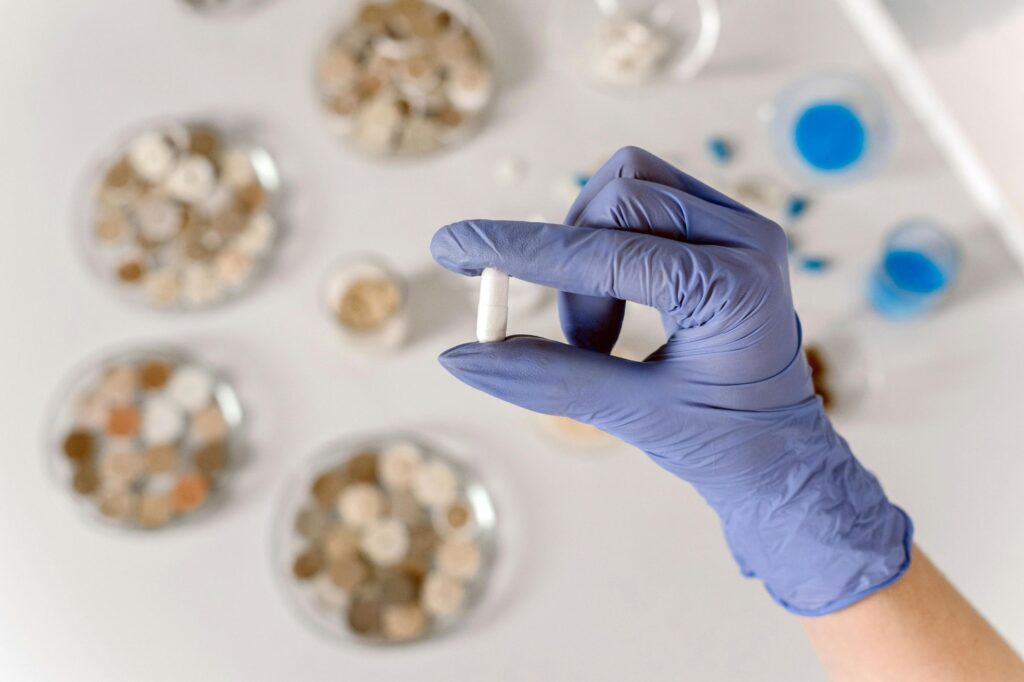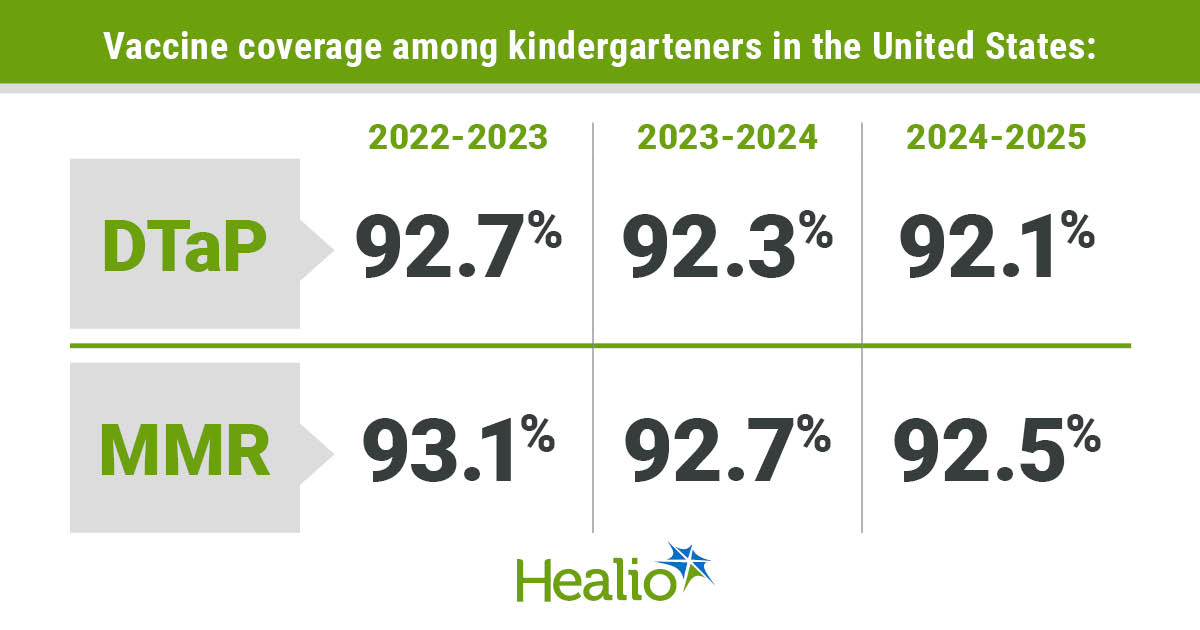The pharmacy technician profession continues to be on a growth roll, offering strong job prospects and a stable career path in both retail and clinical healthcare settings – and how many career paths can offer that stability in this day and age.
But before you can land that sweet position in a pharmacy or climb the ranks there are hoops and hoops to jump through.
In all likelihood, the first hoop to prepare for is the Pharmacy Technician Certification Board (PTCB) exam — a credential worth its weight in gold because both the US state boards and the private employers look for it in a candidate.
If you’re fresh out of high school, transitioning from another career, or already working in the field and want to take your role further, understanding what the PTCB test involves is the first step toward building your future in this essential healthcare role.
What Is the PTCB and Why Does It Matter?
Let’s start from the very beginning – the Pharmacy Technician Certification Board (PTCB) is a nonprofit organization that certifies pharmacy technicians. This organization, whose test you will be taking, set national standards for what a pharmacy tech should know and be able to do, which is the test you will be required to take.
Bear in mind that certification is not legally required in every American state, but many private employers now prefer it (which all but means they require it). On the other hand, in some states, you must be certified to hold the job at all.
The fact is that you may not need to be certified depending on the state you’re in, but your chances for a better job will just be better with the certificate in hand.
Who Should Take the PTCB Exam?
The PTCB exam is designed for those seeking to become Certified Pharmacy Technicians (CPhT). This includes:
- Graduates fresh out of high school interested in a healthcare career
- Students on their way to finishing a pharmacy technician training program
- Pharmacy clerks or assistants aiming to step into technician roles
- Military personnel and veterans with pharmacy-related training
- Career changers with a science or customer service background
We would be remiss not to mention the people who already work in pharmacies and want formal recognition to advance. Others are entering the field for the first time and use the credential to improve their job prospects.
What Does the PTCB Test Cover?
The PTCB’s exam, formally known as the Pharmacy Technician Certification Exam (PTCE), is a multiple-choice test made up of 90 questions, 80 of which are scored. You’ll have two hours to complete it.

The exam covers four core areas:
1. Medications (40% of the exam)
This includes drug names (brand and generic), classifications, indications, side effects, interactions, storage requirements, and dosage forms – the lion’s share of what you’ll be doing in your position in the future. You will need to demonstrate the knowledge to identify high-alert medications and understanding of basic pharmacology.
2. Federal Requirements (12.5%)
Questions focus on laws and regulations — such as DEA scheduling, prescription requirements, controlled substances, recordkeeping, and confidentiality standards like HIPAA.
3. Patient Safety and Quality Assurance (26.25%)
This section emphasizes the prevention of medication errors, error reporting systems, safety protocols, look-alike/sound-alike drug handling, and quality control procedures in various settings.
4. Order Entry and Processing (21.25%)
This section tests prescription and medication order processing, including interpreting prescriptions, calculating dosages, labeling requirements and finding your way around pharmacy management systems (these systems get updated constantly so you can expect continuous education for this one).
How to Qualify for the PTCB Exam
To even be eligible to sit for the exam, you will need to fulfill the following criteria:
- Have a high school diploma or GED
- Comply with all PTCB certification policies
- Disclose any criminal or disciplinary actions
- Complete a PTCB-recognized education/training program or have equivalent work experience (the education requirement became mandatory in 2020)
Applicants with a chequered past who are not honest about their background are routinely disqualified, so it might be in your best interest to be transparent.
How to Prepare for the PTCB Test
Really, no surprise here, but solid preparation is key. Candidates often take at least 2 to 3 months to study

Here are some tried and tested preparation strategies:
- The official PTCB practice exams and study guides are there for a reason – use them
- Be on the lookout for accredited pharmacy technician training courses to enroll in.
- Study drug classifications, suffixes, and high-alert meds daily and diligently (very diligently)
- Take timed practice tests to build speed and confidence for the exam circumstances
- Join online forums or local study groups for motivation
Candidates with working experience sometimes underestimate the exam, thinking the exam does not have pack a punch they are not familiar with. The fact they find out is that the PTCE is structured and rigorous, and success often requires targeted preparation beyond daily pharmacy routines.
What Happens After You Pass?
You’ve passed the PTCE and kids to you! What now?
This means that you will earn the Certified Pharmacy Technician (CPhT) credential. You’ll receive a digital badge, can print your certification, and your name will be added to the national registry (think of this as joining the greats).
This certification is valid for a period of two years. To maintain it, you must:
- Complete 20 hours of continuing education (CE)
- Include at least 1 hour of pharmacy law and 1 hour of patient safety CE
- Pay the renewal fee and submit documentation by the expiration date
Where the PTCB Certification Can Take You
Certification can open doors to more specialized or advanced roles in the pharmacy field. Some technicians use it as a stepping stone to:
- Sterile compounding and IV preparation
- Medication therapy management support
- Inventory and purchasing roles
- Lead technician or trainer positions
- Specialty in pharmacy, oncology, or long-term care settings
The reality of large health systems is that certified technicians are often asked to assist with billing, patient education, or data entry for electronic health records. A lot of pharmacy technicians further pursue pharmacy school, using their certification and experience as a foundation.
A Thought Beyond the Exam
Becoming certified isn’t just about passing a test — it’s about proving that you’re serious about being part of a healthcare team – which is always a good signal for employers.
The more you invest in your credibility now, the more choices you’ll have later down the line. And while credentials open the door, how you carry yourself at work — accuracy, ethics, and empathy — is what truly makes or breaks a career in pharmacy.
Image by cottonbro studio, Mikhail Nilov, Andrea Piacquadio froom Pexels
The editorial staff of Medical News Bulletin had no role in the preparation of this post. The views and opinions expressed in this post are those of the advertiser and do not reflect those of Medical News Bulletin. Medical News Bulletin does not accept liability for any loss or damages caused by the use of any products or services, nor do we endorse any products, services, or links in our Sponsored Articles.










